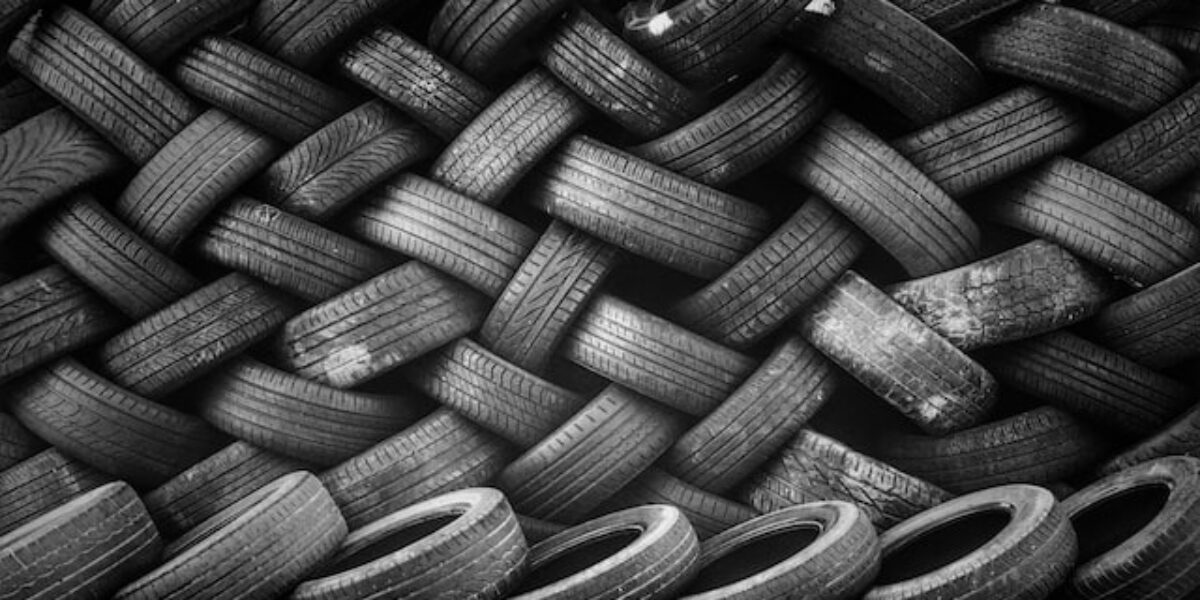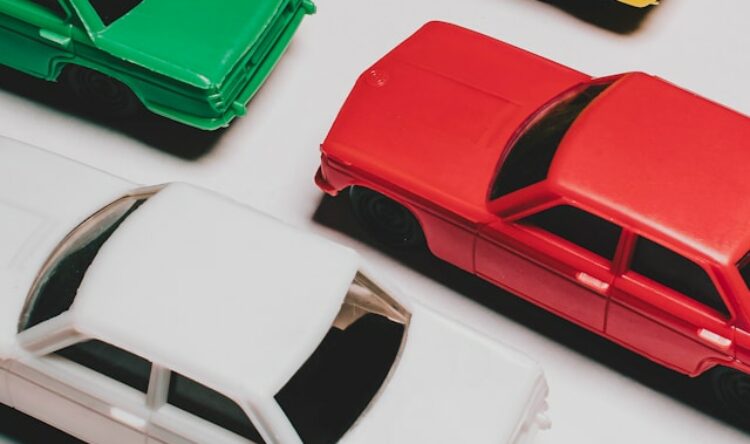Over 6 million metric tons of tire dust are though to end up in our atmosphere and waterways annually. It’s known to be one of the most common microplastic pollutants in our oceans, and it’s even been found in the Arctic.
As the realisation grows over the environmental costs, researchers have been struggling with how to effectively collect the dust before it reaches the wider atmosphere.
The Tyre Collective believe they have found a solution that could prove simple and cheap enough to be fixed to all vehicles in the future.
“For years we’ve been so focused on tailpipe emissions,” says Siobhan Anderson, chief scientific officer and co-founder of The Tyre Collective. “We all know that tires wear down, but no one ever really thinks about where that material goes — and it’s going into our air and water.”
Anderson hopes The Tyre Collective’s patented device won a
James Dyson Award in 2020.
Rubber on the road
It began as a student project in 2020. The four founders were pursuing master’s degrees in Innovation Design Engineering, run jointly by Imperial College London and the Royal College of Art.
Non-exhaust emissions, which include tire, brake and road surface wear, account for 90% of all particulate emissions from vehicles. The microplastics from tire dust contribute to dangerous PM2.5 pollution — particles that are so small they can be inhaled and cause respiratory health issues.
Visualising the scale of the problem, the group calculated the amount of tire dust a single London bus produces each day. They found it was equivalent to the size of a grapefruit.
In the same way that rubbing a balloon on a jumper picks up fluff, their device uses a copper plate to create an electric field that attracts the tire dust. “Then, we’re able to clean off the plates and put it into a storage canister,” says Anderson.
The team built a prototype to prove the core technology. It proved successful, and now the group are working on an effective production model.
As we move to electric vehicles, the issue is set to become an increasingly high profile problem. This is especially so considering the extra weight of EVs increasing tyre wear.
Two steps forward, one…
Research from Emissions Analytics shows that particulate mass emissions from tire wear is thousands of times greater than those from tailpipes.
A
report from the OECD highlights that heavier EVs emit more PM2.5 particles than conventional cars, while lighter EVs emit slightly less — so as more EVs hit the road, non-exhaust emissions are expected to increase 52.4% by 2030.
The automotive industry has been receptive to The Tyre Collective’s device, says Anderson. Now they are conducting a three-month trial with Zhero, a London-based company offering low-emission and sustainable logistics services.
The Tyre Collective hopes to soft-launch its product in 2024. The focus will be on retrofitting large fleet vehicles and delivery vans. With their regular maintenance schedule, it should be easier to integrate, clean and monitor the tech, says Anderson.
Ultimately, the idea is for all vehicles to be manufactured with this type of tech.
“What we’re talking about here is a global scale problem,”state Anderson. “It’s going to require everyone to be aware of that and also contribute to implementing the solution.”








